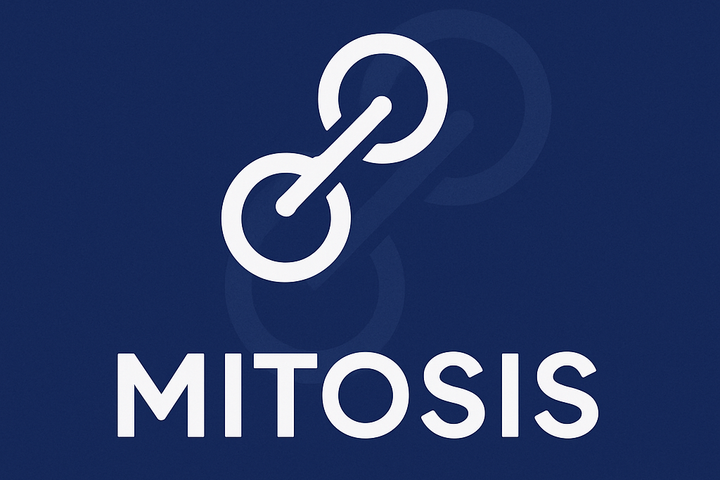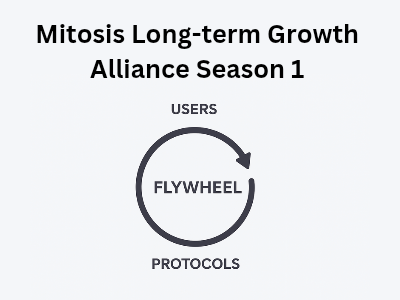Bridges Are Not Enough: We Need Liquidity Teleportation

Introduction
In the rapidly evolving landscape of blockchain technology, the concept of interoperability has emerged as a critical factor for the success of decentralized finance (DeFi) and the broader cryptocurrency ecosystem. While cross-chain bridges have been developed to facilitate the transfer of assets between different blockchain networks, they often fall short of addressing the complexities of economic interactions across chains. This article explores the limitations of current bridging solutions and introduces the concept of liquidity teleportation as a more effective means of achieving true cross-chain interoperability.
1. Understanding Cross-Chain Bridges
1.1 What Are Cross-Chain Bridges?
Cross-chain bridges are protocols that enable the transfer of tokens and data between different blockchain networks. They act as intermediaries, allowing users to move assets from one chain to another without the need for a centralized exchange. Popular examples include the Ethereum to Binance Smart Chain bridge and the Avalanche bridge.
1.2 Limitations of Cross-Chain Bridges
- Security Risks: Many bridges rely on smart contracts that can be vulnerable to exploits. High-profile hacks have demonstrated that bridging assets can expose users to significant risks.
- Liquidity Fragmentation: Bridges often lead to liquidity fragmentation, where assets are split across multiple chains. This can result in inefficiencies and increased slippage for traders.
- User Experience: The process of using bridges can be cumbersome, requiring users to navigate multiple interfaces and pay transaction fees on both chains.
- Limited Functionality: Current bridges primarily focus on token transfers, lacking the ability to facilitate complex economic interactions such as lending, borrowing, and trading across chains.
2. The Need for Liquidity Teleportation
2.1 Defining Liquidity Teleportation
Liquidity teleportation is a conceptual framework that goes beyond simple asset transfers. It envisions a system where entire economic states can be abstracted and moved seamlessly across different blockchain networks. This would allow users to engage in complex financial activities without being constrained by the limitations of individual chains.
2.2 Key Features of Liquidity Teleportation
- Abstracting Economic States: Instead of merely transferring tokens, liquidity teleportation would enable the movement of entire economic states, including user balances, positions, and contracts.
- Instantaneous Transactions: By leveraging advanced cryptographic techniques and layer-2 solutions, liquidity teleportation could facilitate near-instantaneous transactions across chains.
- Enhanced Security: With a focus on decentralized protocols and robust security measures, liquidity teleportation could mitigate the risks associated with current bridging solutions.
- Unified User Experience: Users would interact with a single interface, allowing them to manage their assets and engage in cross-chain activities without the need for multiple wallets or platforms.
3. The Technical Foundations of Liquidity Teleportation
3.1 Cross-Chain Communication Protocols
To achieve liquidity teleportation, robust cross-chain communication protocols are essential. These protocols must enable seamless data exchange between different blockchain networks. Some promising technologies include:
- Inter-Blockchain Communication (IBC): Developed by the Cosmos Network, IBC allows different blockchains to communicate and share data securely. It provides a framework for transferring tokens and messages across chains.
- Polkadot's Parachains: Polkadot's architecture enables multiple blockchains (parachains) to operate in parallel, sharing security and interoperability. This design allows for efficient cross-chain interactions.
- Layer-2 Solutions: Technologies like Optimistic Rollups and zk-Rollups can enhance scalability and speed, making them suitable for implementing liquidity teleportation.
3.2 Smart Contract Innovations
Smart contracts play a crucial role in enabling liquidity teleportation. Innovations in smart contract design can facilitate the abstraction of economic states and automate complex interactions. Key areas of focus include:
- Composable Contracts: Smart contracts that can interact with one another across chains, allowing for the creation of complex financial products and services.
- Atomic Swaps: Enabling trustless exchanges of assets between different chains, atomic swaps can be integrated into liquidity teleportation to ensure secure transactions.
- Decentralized Oracles: Oracles provide real-time data feeds to smart contracts, enabling them to react to external events and market conditions. This is essential for maintaining accurate economic states across chains.
4. Use Cases for Liquidity Teleportation
4.1 Decentralized Finance (DeFi)
Liquidity teleportation can revolutionize the DeFi landscape by enabling users to access a wider range of financial products and services across multiple chains. For example:
- Cross-Chain Lending and Borrowing: Users could leverage their assets on one chain to borrow against them on another, maximizing their capital efficiency.
- Arbitrage Opportunities: Traders could exploit price discrepancies across chains without the need for complex bridging processes, enhancing market efficiency.
- Unified Liquidity Pools: Liquidity providers could contribute to pools that span multiple chains, increasing overall liquidity and reducing slippage for traders.
4.2 Non-Fungible Tokens (NFTs)
The NFT market has exploded in recent years, but the lack of interoperability between different platforms has hindered its growth. Liquidity teleportation could enable:
- Cross-Chain NFT Marketplaces: Users could buy, sell, and trade NFTs across different chains, expanding the market and increasing exposure for creators.
- Fractional Ownership: NFTs could be fractionalized and traded across chains, allowing for broader participation in high-value assets.
- Dynamic NFT States: NFTs could evolve based on interactions across chains, creating new use cases and experiences for collectors.
4.3 Gaming and Metaverse
The gaming industry is increasingly adopting blockchain technology, but interoperability remains a challenge. Liquidity teleportation could facilitate:
- Cross-Chain Asset Transfers: Players could move in-game assets between different games and platforms, enhancing the gaming experience.
- Unified Game Economies: Developers could create interconnected game worlds where players can trade assets and currencies seamlessly.
- Interoperable Virtual Worlds: Users could navigate between different metaverse environments, carrying their assets and identities with them.
5. Challenges and Considerations
1. Regulatory Compliance
As liquidity teleportation gains traction, regulatory considerations will become increasingly important. Ensuring compliance with local laws and regulations will be essential for the widespread adoption of this technology.
2. Security and Trust
While liquidity teleportation aims to enhance security, the complexity of cross-chain interactions may introduce new vulnerabilities. Ongoing audits and security measures will be crucial to maintaining user trust.
3. User Education
For liquidity teleportation to succeed, users must understand the technology and its benefits. Educational initiatives will be necessary to promote awareness and adoption.
Conclusion
The future of blockchain interoperability lies not in simple asset transfers but in the abstraction of entire economic states through liquidity teleportation. By addressing the limitations of current cross-chain bridges, liquidity teleportation has the potential to revolutionize the DeFi landscape, enhance user experiences, and unlock new opportunities across various sectors. As the technology matures, it will be essential for developers, users, and regulators to collaborate in creating a secure and efficient cross-chain ecosystem.



Comments ()